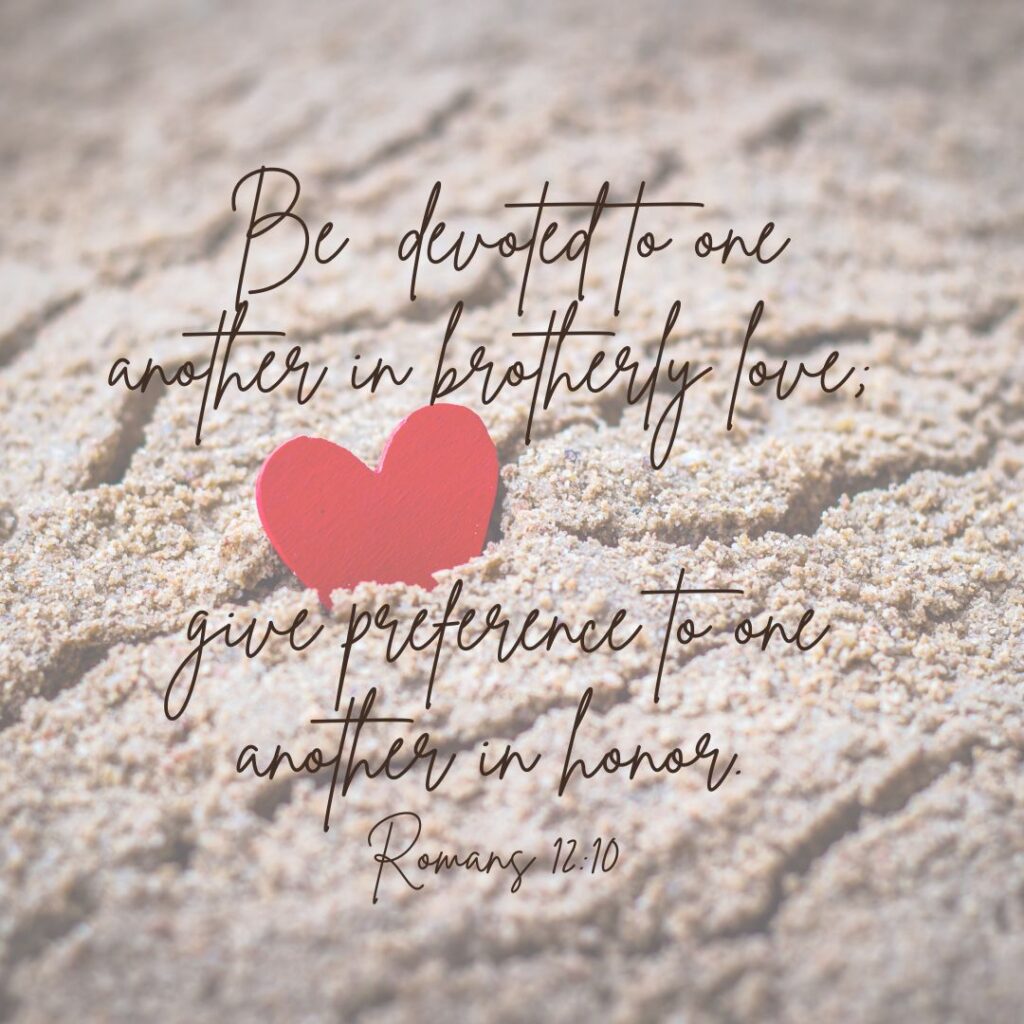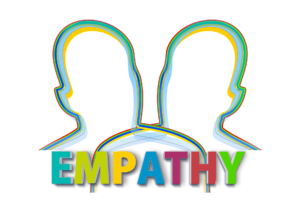Hey there, friends! I am curious to know: which step in reshaping those pesky beliefs has resonated the most with you so far? Drop your favorites in the comments!
Now, let’s dive into the next step together. And, feel free to shake things up a bit – there’s no one-size-fits-all here. The ultimate key for a lasting belief transformation is tuning in to the Holy Spirit’s leading. These steps are just potential starting points; don’t stress about the sequence. Above all, stay tuned to the Holy Spirit’s rhythm, letting Him guide you through this transformative process at your own pace and in the direction that He leads.
Today’s mission is all about giving our thoughts a run for their money. Have you ever noticed how much of what we believe is just a result of unchallenged thoughts? We’ve all been there – someone jumps to conclusions about a situation, and you’re left thinking, “Hold up, there’s a whole bunch of other possibilities!”
Now, when it comes to challenging thoughts or conclusions, I’ve got a favorite question I like to use: “What else could be true?” It’s a thought-provoking prompt that opens up a world of alternative perspectives. Ready to dive into the realm of possibilities with me? Let’s challenge those thoughts and uncover the hidden gems of truth!
You’ve heard me mention confirmation bias, remember? It’s like our brain’s secret agent, always on the lookout for info that agrees with what we already think. It’s sneaky and kind of annoying.
But it’s our natural tendency to process info in a way that fits snugly with our existing beliefs. No harm intended – it just means we might end up ignoring stuff that doesn’t align with what we already think.
This bias party includes our expectations in a situation and our predictions about what’s going to happen. We’re most likely to pull this trick when the topic hits close to home or is really important to us. Our brains are just doing their thing, trying to keep us comfy in our own bubble.

Imagine this scenario. Sam, our friendly neighborhood believer in eternal solitude, shoots a text to someone he’s eager to forge a deeper connection with. He suggests grabbing lunch at the local diner. But alas, crickets on the other end—no response. Has that ever happened to you?
Now, if Sam’s default belief system kicks in, he might immediately think, “Well, that’s it. They’re not interested. Something I said must’ve scared them off. Classic coward move, not giving a straight answer.” Does that sound plausible?
But let’s sprinkle some alternate possibilities into the mix, shall we? Because in the realm of endless alone-ness beliefs, there’s a multitude of thoughts that could pop up in Sam’s head during this scenario that would all confirm what he already believes. But we’re about to explore what someone who does not have that belief might think about this scenario.
Let’s brainstorm and give Sam’s rather limited selection of possibilities a run for their money! But before we jump into the “What else could be true?”, let’s tackle the crucial question: What proof do we actually have that Sam’s thoughts are grounded in reality?
Sure, there’s the hard fact of an unanswered text. But the story Sam slaps onto that fact is a whole different beast. We humans are masters at crafting stories around plain facts. So, our first wise move is to split fact from fiction.
So, what’s the only real piece of evidence in our detective kit? That missing text reply. But the potential explanations are like a Pandora’s box of possibilities:
- His buddy could be on a tech-free mountain escape.
- He could have lost his phone? Totally possible.
- Life emergency? It happens.
- Did he forget to pay the phone bill – chaos.
- Wrong number shenanigans.
- A mental reply that never made it to text.
- Down with the flu.
- Anti-texter alert—maybe he’s all about calls.
- A text avalanche burying Sam’s message.
- Chaos enthusiast friend who’s not so great with details.
What other genius theories can you toss into the mix?
Isn’t it wild how crucial it is to throw our thoughts under the microscope when things go wrong? Now that we’ve uncovered the not-so-helpful belief system hanging out in our mental attic, it’s high time to play detective in our own lives.

In many ways, especially regarding our beliefs in question, we’ve been living a story that’s basically a fiction novel. So, let’s raid our mental bookshelf, dust off the circumstances of our lives, and see what other plot twists could be hiding in the shadows. If the story we’ve been clinging to turns out to be a total fib, what other narratives might be waiting to unfold? Time to rewrite our own story with a plot that actually serves us!
There is a reason why Paul tells us to renew our minds! When we’ve got a subconscious belief on board, our trusty confirmation bias is like a personal assistant on a mission, hunting down confirming evidence like it’s the Holy Grail. And it’s so good at its job that it conveniently forgets or doesn’t even notice when our beliefs get slapped with a contradiction by events or people in our lives. It happens a lot.
If Sam was in my coaching corner, I’d whip out a nifty assignment for him. I would put him on a mission to recognize his conclusions. We’re talking a list of evidence and assumptions, plus a special column for alternative scenarios. And to keep him from getting stuck with that last column, I’d invite some friends or family members to join the brainstorm. Because let’s be real, sometimes we’re too snug in our own mental cocoon to see beyond our default thoughts. Allowing other people’s input would shake things up and invite some fresh perspectives.
Besides the list-making assignment, I would throw in a little time-travel activity.
First up, I’d ask Sam to take a stroll down memory lane and recall those moments when the social ball was in someone else’s court, when friends initiated plans or reached out just because. Moments Sam didn’t have to make the first move.
We would also dig into Sam’s memory vault for instances when people actually responded positively to his initiatives. I’ve got a hunch there might be more of those victories than he thinks.
What if Sam missed out on some opportunities because his belief system had him convinced it’s not worth the effort or not sincere? Time to uncover those hidden gems of potential connections that might have slipped through the cracks. It’s good to rewind the mental tape and discover the untapped opportunities waiting to be recognized.

Another perspective changing realization might be helpful here. So, Sam might be cruising through life feeling like everyone’s locked in awesome relationships, leaving him on the sidelines. But the truth his, people all only have 24 hours a day, there is only so much time to go around.
Most people only have the bandwidth to nurture really close connections with, like, 2 or 3 individuals. Sure, it might seem like others have a squad of friends, but those might just be more like general buddies. They’re not scheduling one-on-one lunch dates every other day; it’s more like a casual hangout connection.
So hopefully Sam can relax a little and remember, it’s not a popularity contest. Quality over quantity, right? The real gems are those close connections, and not everyone is rolling in those like they’re on a friend conveyor belt. Introverts in particular appreciate the depth over the breadth, and I have a feeling Sam is an introvert.
Let’s remember what the statistics say too. They shout about how loneliness is very common in our society. It’s not just Sam cruising through the sea of solitude.
People might be holding back from reaching out because they’re sailing on the same assumption ship as Sam. The fear of rejection, the worry that others are too busy – it’s could very well be something that many are doing. So that would make Sam not so alone in his experience.
So, when we look at the bigger picture, it’s like a collective experience. The loneliness feels more like an epidemic. It’s not reserved for Sam alone; it’s more like a mass phenomenon. And that changes things. It means Sam’s worth isn’t wrapped up in a lonely package. It’s a shared journey, and he can travel it with others in the same boat.
How about finding ways to apply this to your own life? Have you ever noticed those stories on replay in your head? Those messages you keep hearing again and again that might not be doing you any favors?
If you’re up for it, grab a pen, make a list. Jot down the evidence and assumptions tied to that belief you’re tackling. And make room for the “What else could be true?” column. Consider inviting some people into the process too – variety is really helpful here.
Why? Well, we’re giving that sneaky confirmation bias a run for its money. Instead of sealing the deal with “This is the only truth,” we’re opening the door to a whole array of possibilities. It’s like a mental stretch before hitting the mental gym. Dust off the resigned thinking, embrace the maybes, and get ready to dive into the exciting world of “new things”!
So, Sam probably feels a little bit in a pickle with his new friend. Instead of diving headfirst into the default assumption pool like old beliefs driven Sam might have done, how about the tries something new? I would encourage Sam to reach out in a way that communicates, “I assume the best!”
Maybe a friendly text checking in, not with an accusation, but a curiosity. “Hey, buddy! Everything cool on your end? Phone trouble, maybe?” This is opening a window for dialogue, ready to clear up any clouds of confusion.
Whatever your default thinking is, try the same game plan. Mix it up, challenge the status quo in your brain, and watch the possibilities unfold. It’s like a brain workout – keeps things flexible and, let’s be real, way more interesting!
So here’s to breaking free from those automatic thought chains and turning the spotlight on a more open-minded, possibility-packed stage. Embrace a readiness to connect instead of retreating!







